登革熱/屈公病防治工作指引[第十版] | 生病了怎麼辦 - 2024年4月

登革熱/屈公病防治工作指引[第十版]
登革熱和屈公病都是一種環境病、社區病,只要環境中存在適當的孳生源,就有登革熱和屈公病流行的可能性。即使只是一個被任意丟棄的空杯、空罐、空盒、廢保麗龍箱或廢輪胎,或其他非廢棄物,如樹洞、民眾堆置於戶外會積水的物品,都可能是孳生源,更遑論目前仍有為數不少的空地、空屋或廢棄的工廠等建物,更是病媒蚊孳生的溫床。因此登革熱和屈公病防治工作,絕非單一機關、組織或單位能獨挑大樑的。對地方政府而言,若希望登革熱和屈公病的防治工作能效益顯著,地方首長必須強力召集縣市政府各單位共同參與,才能有效清除病媒蚊孳生源。所以「跨局處(室)的合作機制」絕對是登革熱和屈公病防治成功與否的最重要影響因素。
Dengue and Chikungunya are kinds of environment, community diseases, as long as the proper breeding sources exist in the environment, there are epidemic possibilities. Even only a discarded empty cup, can or waste tire, are likely to be breeding sources, not to mention there are still a large number of vacancy or abandoned factories, they are hotbed for mosquito breeding. Therefore, prevention and treatment of Dengue and Chikungunya, not a single organization can achieved alone. If local governments want to gain significantly benefit on Dengue and Chikungunya prevention and control measures, local leaders must convene all government units to participate in order to effectively eliminate mosquito breeding sources, cross-departmental cooperation mechanisms is definitely the most important factors that influence the success of disease prevention.
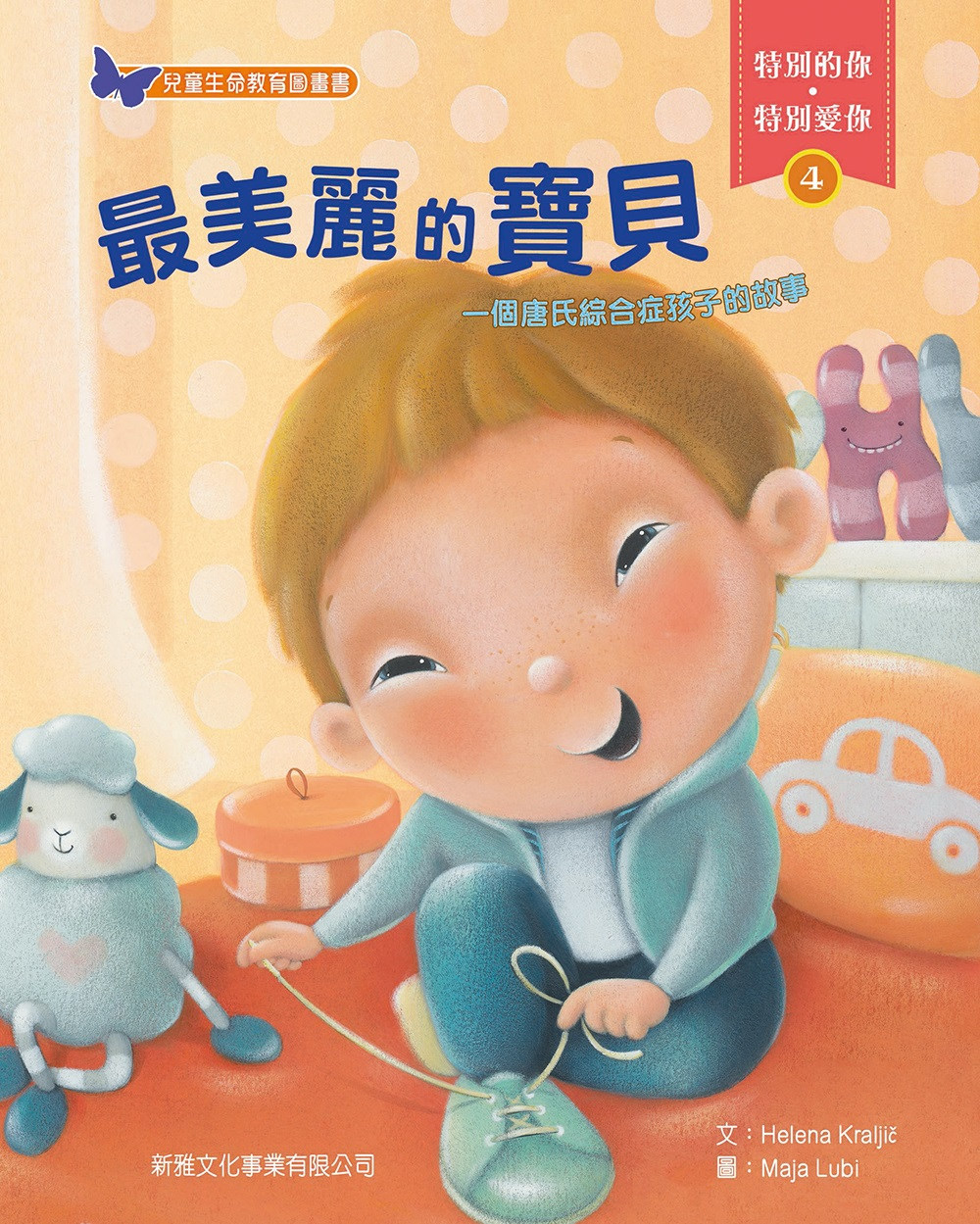 特別的你‧特別愛你 4:最美麗的寶...
特別的你‧特別愛你 4:最美麗的寶...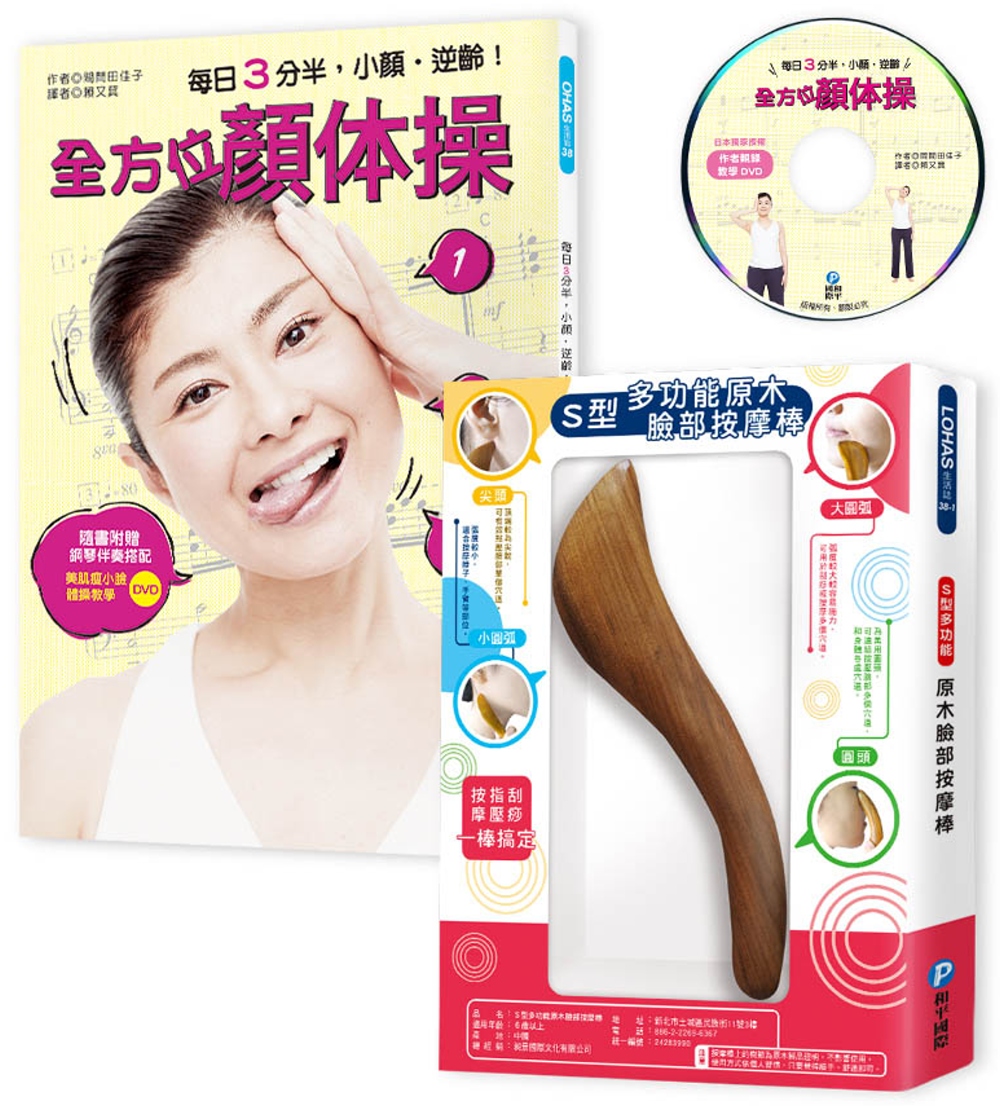 每日3分半,小顏‧逆齡!全方位顏体...
每日3分半,小顏‧逆齡!全方位顏体...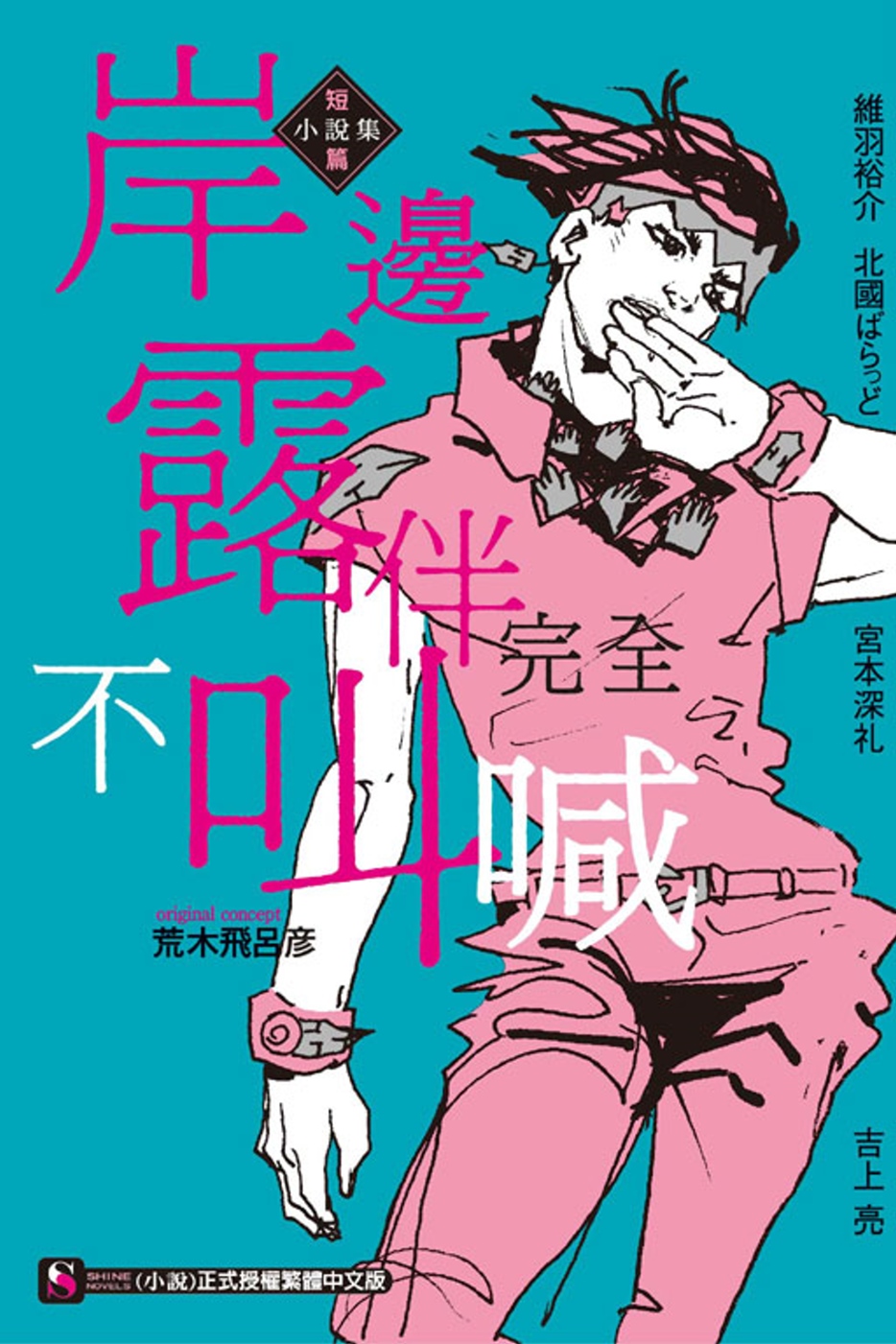 岸邊露伴完全不叫喊 短篇小說集 全
岸邊露伴完全不叫喊 短篇小說集 全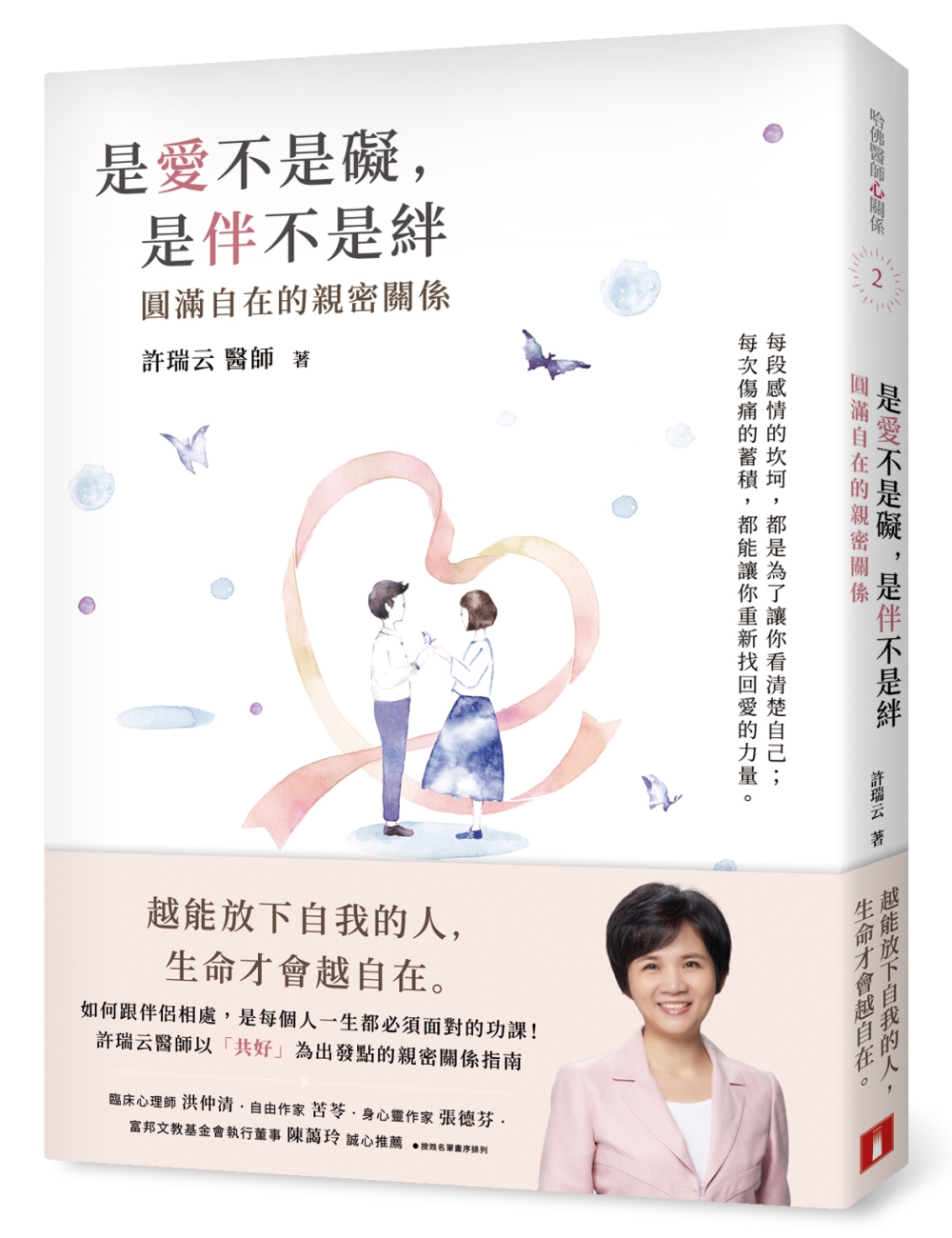 是愛不是礙,是伴不是絆:圓滿自在的...
是愛不是礙,是伴不是絆:圓滿自在的...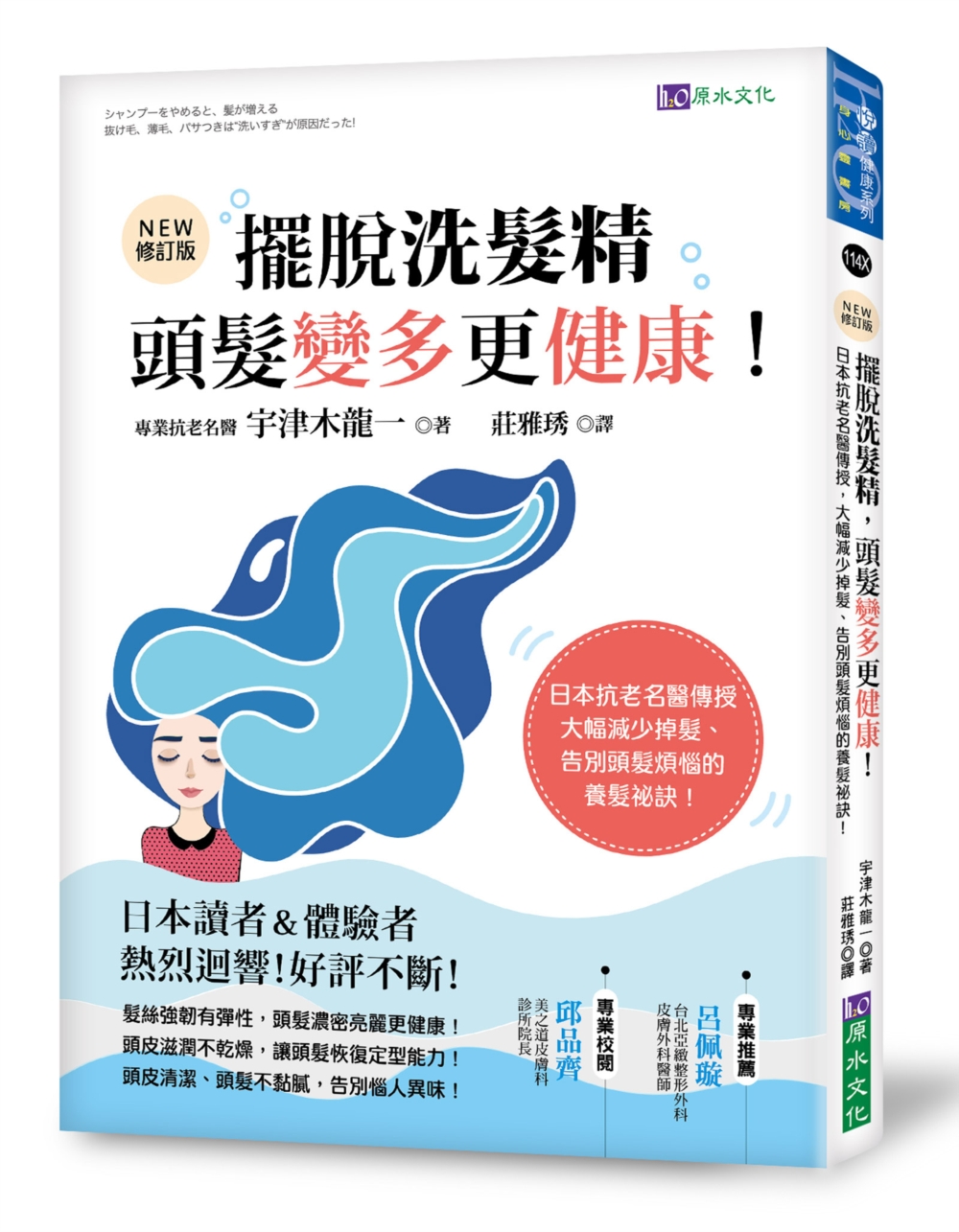 擺脫洗髮精,頭髮變多更健康!:日本...
擺脫洗髮精,頭髮變多更健康!:日本...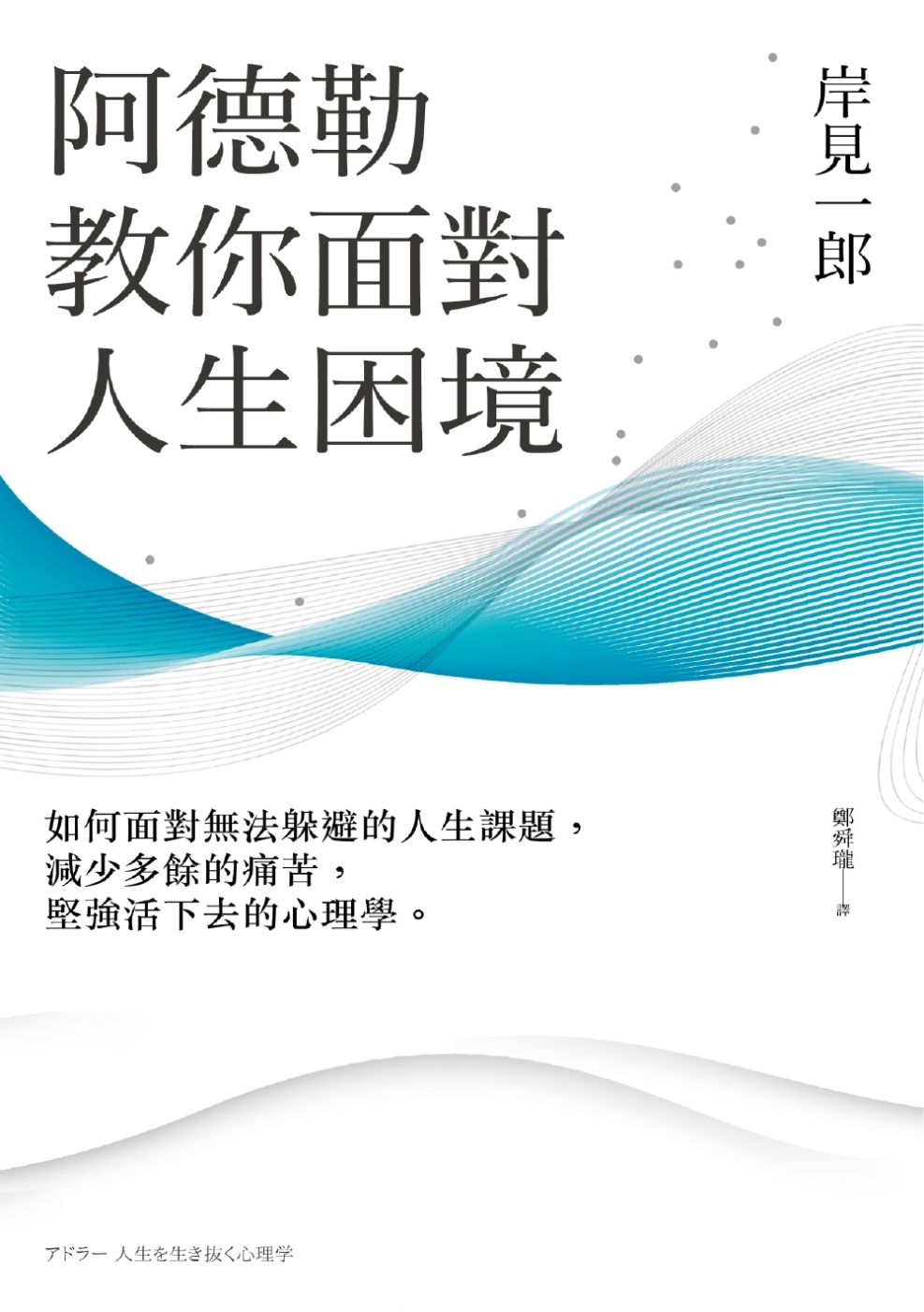 阿德勒教你面對人生困境:如何面對無...
阿德勒教你面對人生困境:如何面對無...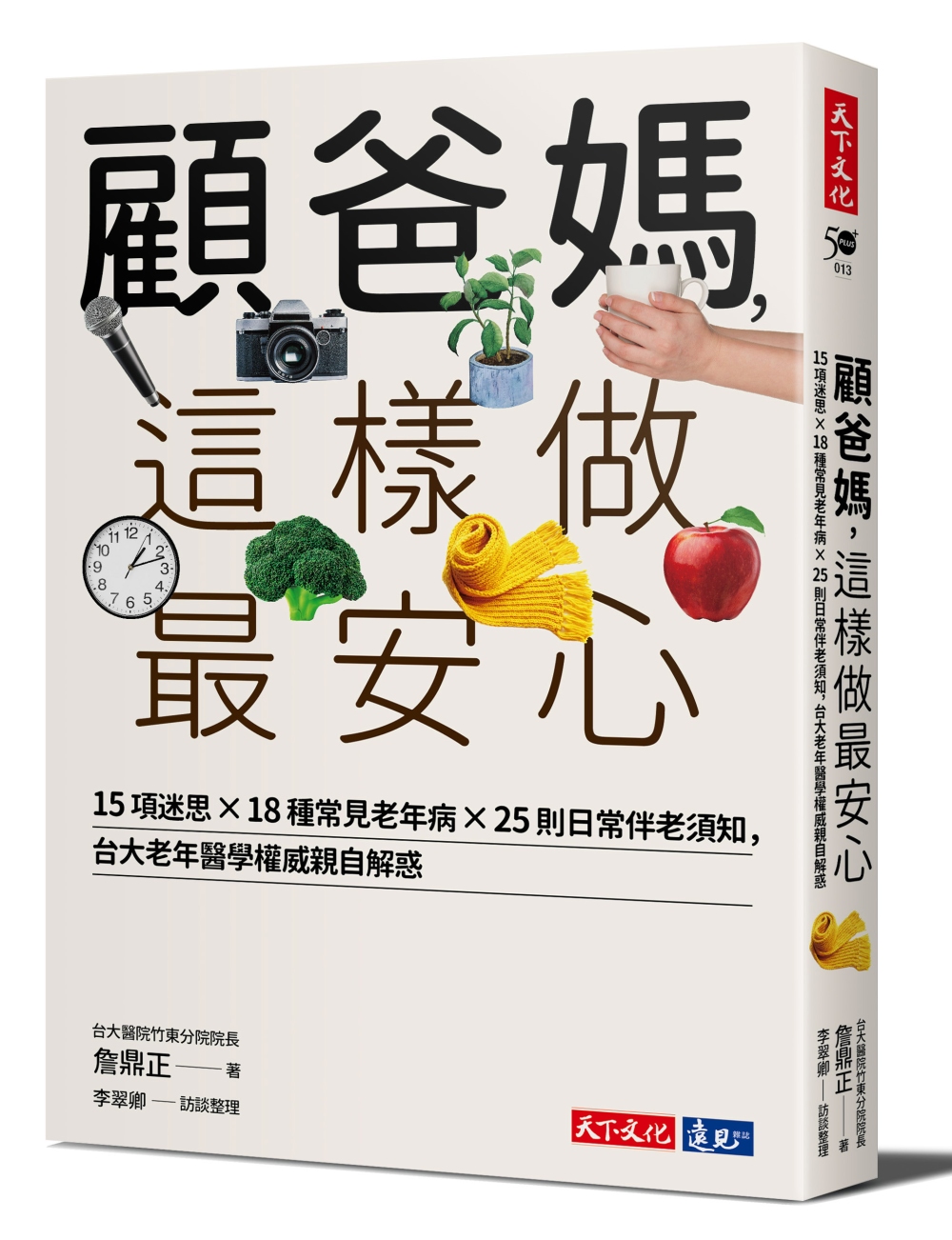 顧爸媽,這樣做最安心:15項迷思╳...
顧爸媽,這樣做最安心:15項迷思╳...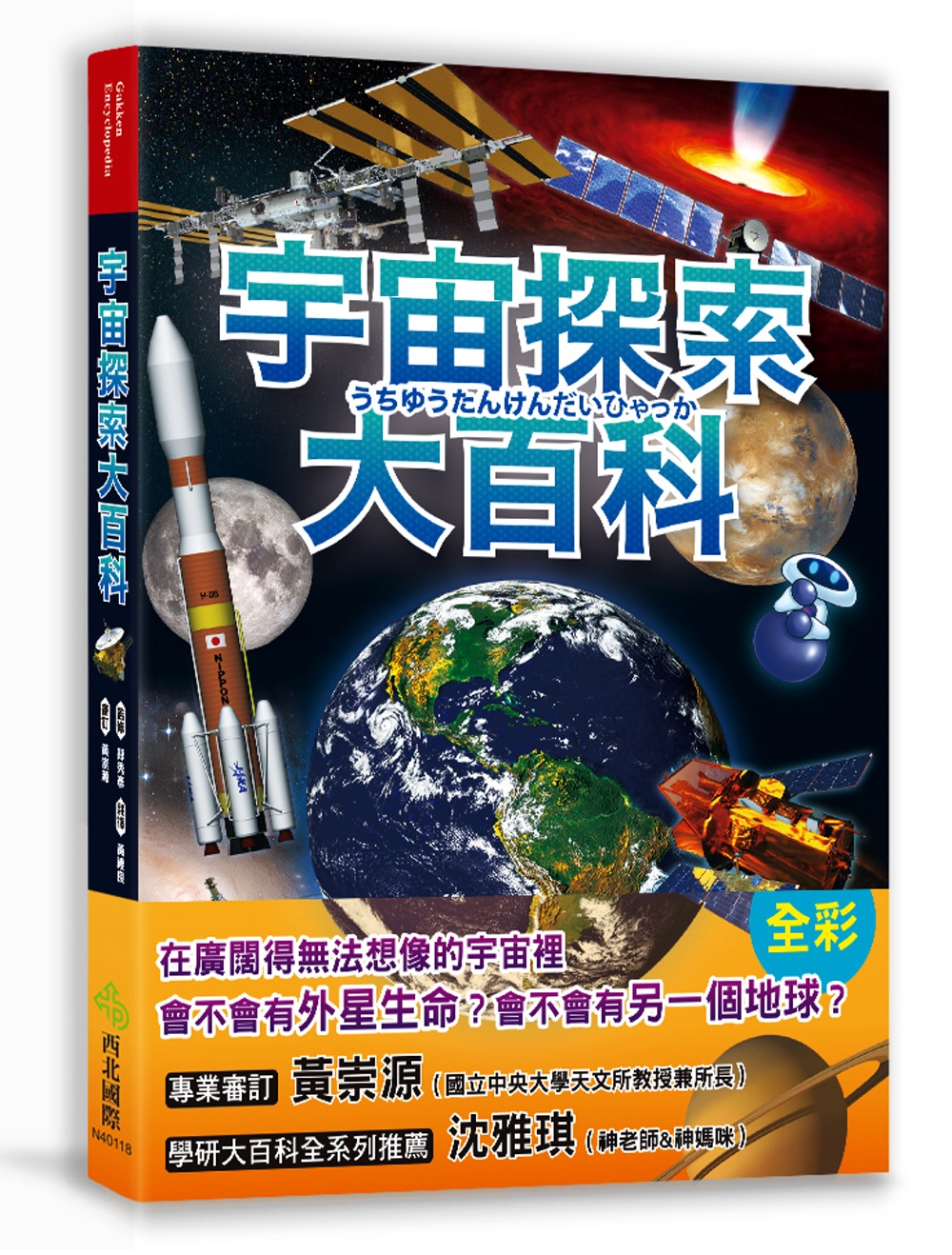 宇宙探索大百科:太陽發光發熱的原因...
宇宙探索大百科:太陽發光發熱的原因...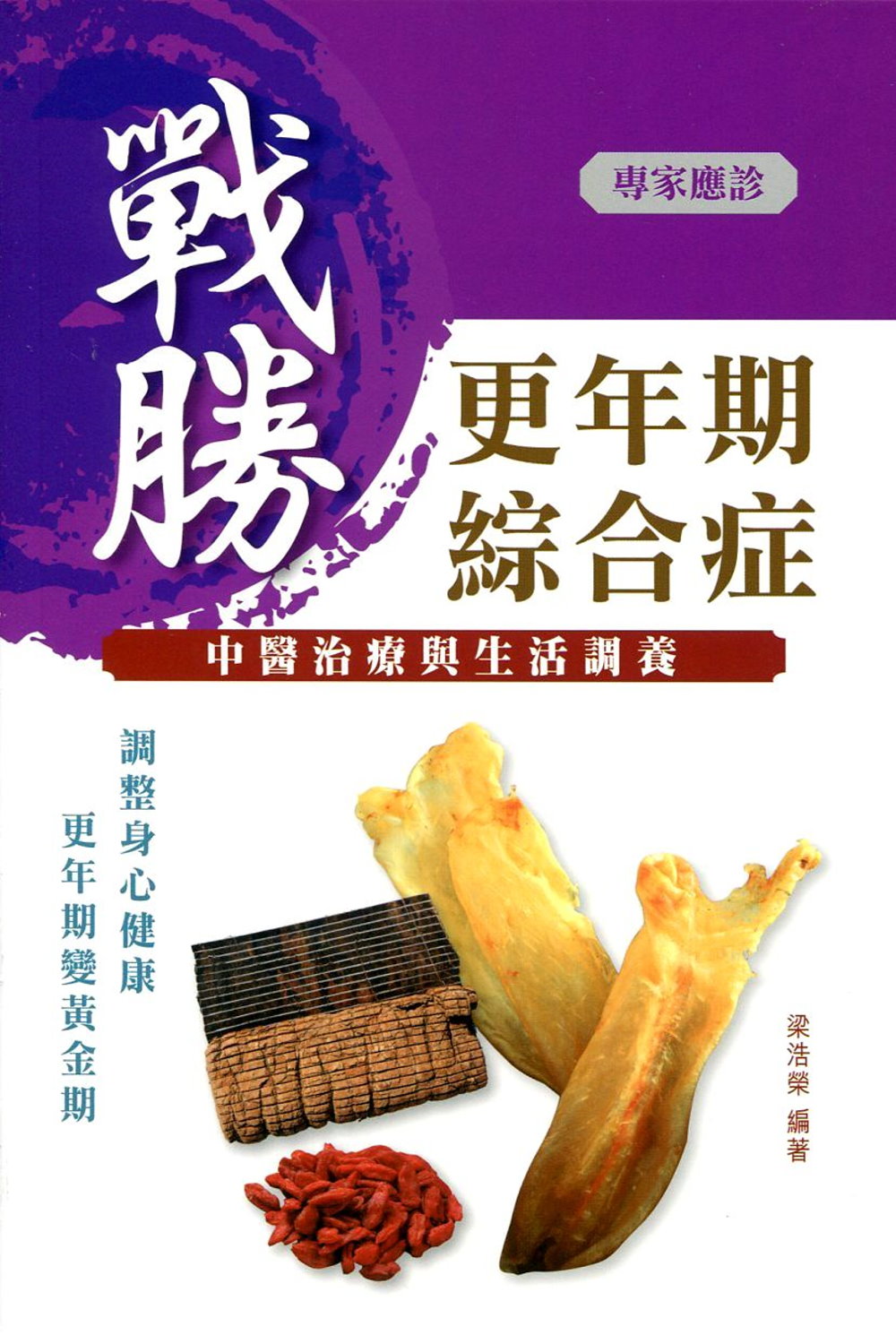 戰勝更年期綜合症:中醫治療與生活調養
戰勝更年期綜合症:中醫治療與生活調養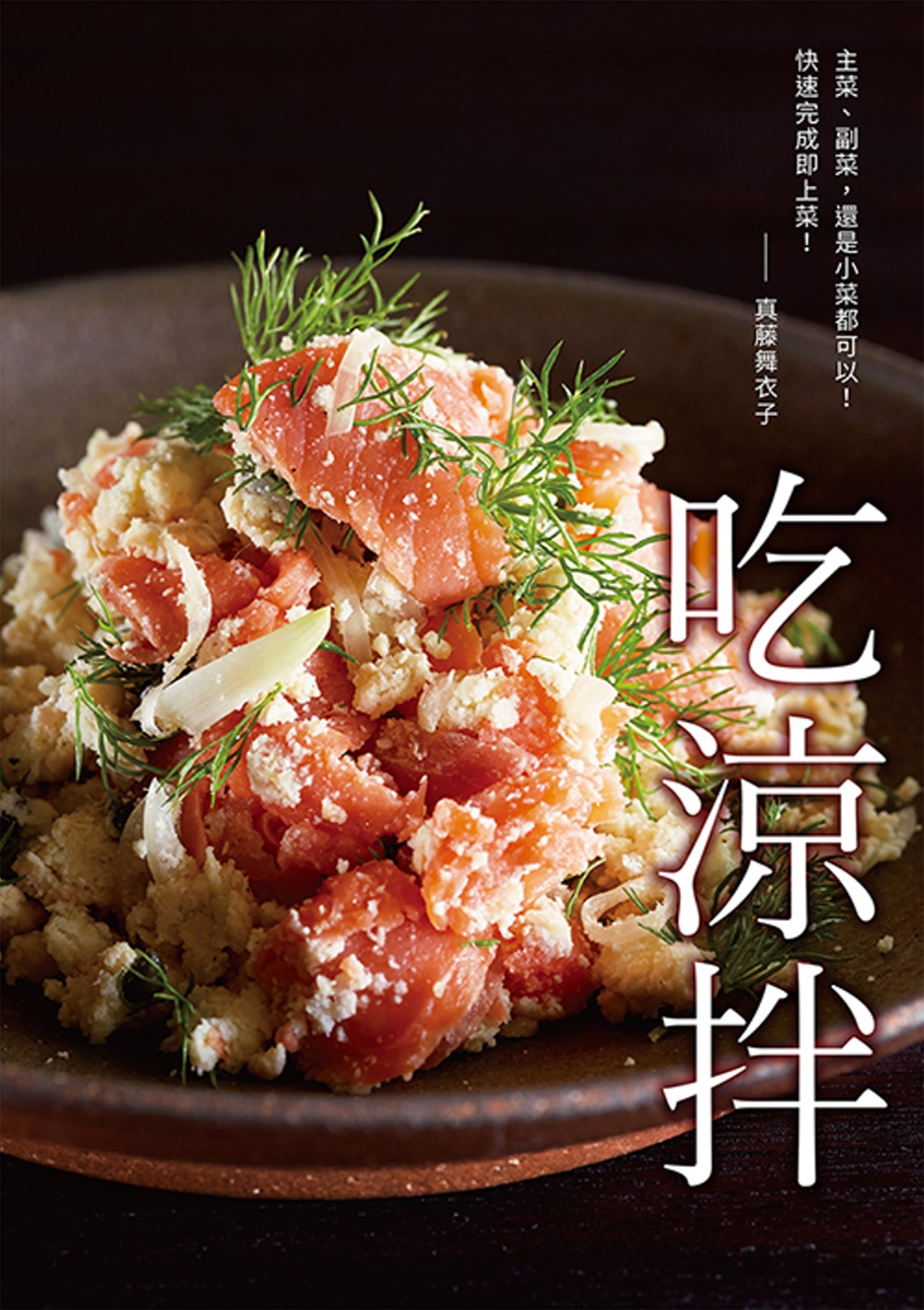 吃涼拌:餐桌的超級良伴!清爽、營養...
吃涼拌:餐桌的超級良伴!清爽、營養...